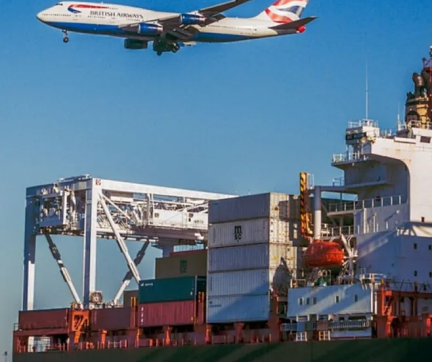
The impact of freight planning in Australia on regional economic development is mainly reflected in promoting regional economic growth, optimizing industrial layout, strengthening regional economic ties, and promoting sustainable development, etc. The following is a specific analysis:
Promote regional economic growth
Reduce logistics costs: Efficient freight planning can optimize transportation routes and methods, reducing transportation time and costs. For instance, by rationally planning the combination of sea, air and land transportation, enterprises can reduce transportation costs, enhance product competitiveness, thereby expanding market share and driving the growth of the regional economy.
Attracting investment: Good freight planning enhances the logistics efficiency and service quality of the region, providing more convenient conditions for investors. This is conducive to attracting more domestic and foreign investment and promoting regional industrial development and employment growth.
Optimize the industrial layout
Industrial agglomeration: Freight planning can guide related industries to cluster in specific areas based on the resource advantages and industrial foundations of different regions. For instance, areas close to ports can focus on developing port-related industries and logistics industries to create a cluster effect and enhance the overall competitiveness of the industries.
Industrial upgrading: Through freight planning, strengthen the connection between the region and the outside world, promote the flow of technology, talent and capital, and drive traditional industries to upgrade towards high-end, intelligent and green directions.
Strengthen regional economic ties
Promoting trade: A convenient freight network can break down trade barriers between regions and facilitate the free flow of goods and services. For instance, the planning of dedicated freight lines between Australia and other Asian countries has strengthened trade exchanges among regions, expanded the market scale, and enhanced the openness of the regional economy.
Regional coordinated development: Freight planning can promote economic coordinated development among different regions, achieving resource sharing and complementary advantages. For instance, by strengthening the freight connection between inland areas and coastal areas, inland areas can better undertake the industrial transfer from coastal areas, and coastal areas can also utilize the resources and markets of inland areas to achieve common development.
Promote sustainable development
Green logistics: In freight planning, emphasis is placed on promoting the concept of green logistics, adopting environmentally friendly transportation methods and packaging materials, and reducing energy consumption and environmental pollution. For instance, encourage the use of low-carbon transportation methods such as electric trucks and railway transportation to reduce carbon emissions and achieve a positive interaction between economic development and environmental protection.
Rational utilization of resources: Reasonable freight planning can optimize the allocation and utilization of resources and enhance the efficiency of resource utilization. For instance, by planning an efficient logistics network, the detour transportation of goods and the empty load rate can be reduced, and energy consumption and resource waste can be lowered.

